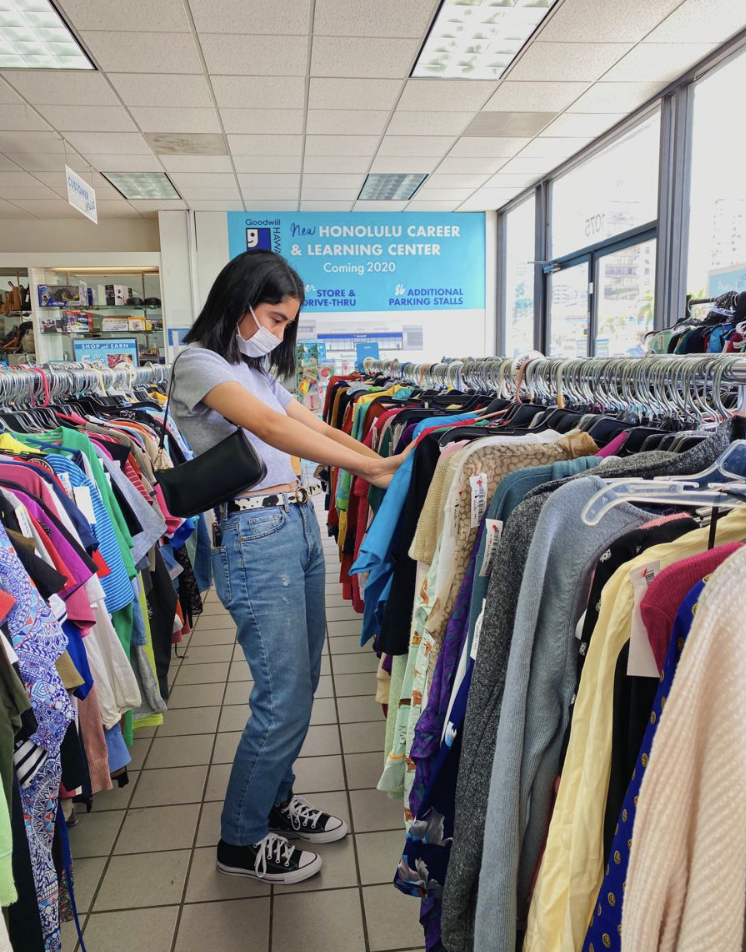Tips To Enter A New Clothing Business Professionally.
According to research, the clothes market is flourishing and expanding yearly. The retail ecommerce market was valued at $102.5 billion in 2016, and by 2024, Statista projects that it will reach a whopping $153.6 billion.
The clothing business is a terrific way to put an individual’s talents and creativity into a job if they have a passion for fashion. The ability to sell products online and make money is now more available than ever to startup business owners. Finding distributors and collaborators and offering fantastic products to enthusiastic buyers are just a few of the many approaches to selling garments.
Finding Niche
The large fashion industry comprises several brands with distinct aesthetics and market segments. Finding and adhering to one’s expertise is crucial. Developing a product line that appeals to the target market and creating a solid brand will be easier. Though it may seem enticing to try to appeal to everyone, keep in mind that the top businesses have a clearly defined niche and stick to it.
Another possibility is a clothing company that was started to meet a specific need or adhere to a particular ethos, such as newborn baby accessories, sustainable fashion, or apparel made with cruelty-free products. Sustainable fashion is on the rise and is a popularly demanded fashion choice available from second hand clothing suppliers.
Know The Audience
Determine the potential consumer as soon as possible. Fashion simultaneously makes it easier and more challenging to build a brand when trying to do so. Even if it’s simple to picture the people who would wear the manufactured clothing, one still needs to figure out how to get in touch with them and where they hang out (online and in physical stores). Manufacturers spend their days attempting to interact and connect with these people. The chances of gaining and retaining their business will be improved the more one grasps those people.
Organize The Business
The same ideas apply to organizing the startup, even if one isn’t developing a formal business plan. Even buying a sewing machine and starting to secure the store building from theft and break-ins by smart lock for apartments, should be done with planning.
Note down the plans and ideas for how the business will develop if one invests time and effort and has future ambitions.
Choosing Your Brand Name
Time to choose a company name if one doesn’t already have one in mind. The terms of clothing companies can vary greatly. Such brands include Under Armour, ASOS, Banana Republic, L.L. Bean, American Apparel, TopShop, Brooks Brothers, Dickies, and Deus Ex Machina. To put it briefly, the apparel company can have any name one desires.
After deciding on a company name, develop the logo, and pick a tagline (optional) and brand colors. Try using the free drag-and-drop design tool Canva, which includes dozens of prebuilt symbols one can alter if one is searching for a quick and inexpensive approach to creating the logo. As an alternative, Fiverr allows you to hire an expert to create a logo for as little as $5.
Create Designs
One of the most exciting phrases for any apparel business is product creation. Start putting it on paper or the computer as a drawing, even if one only has a design concept for one product in these early stages. Make precise digital sketches out of the hazy initial ideas when ready. Programs like Adobe Illustrator may do many labor-intensive works.
Once the sketches are complete, one should consider their “technical kit” or the crucial details one will provide to the manufacturer. Details and technical information about the product, such as its design, dimensions, materials, and any additional features or accessories, must be included.
The fabric of the material is also a crucial factor when deciding on the designs. Bleached outfits are on the high rise, and to launch the perfect range of bleached outfits use of oxygen valve is highly recommended, which helps in the effluent treatment of bleach.
Register Your Business
After deciding on a brand name and compiling the brand assets, the next step is registering the firm with your state. Even for clothing startups, this step is crucial because one needs an Employer Identification Number (EIN) to receive payments for the goods. It’s not a pleasurable step, but it is a necessary one. Business registration is also required to obtain an EIN. One can also collaborate with retailers and receive wholesale prices thanks to it.
The state’s Secretary of State will help register the firm, albeit the procedure will differ depending on where one lives.
Distribution
Various distribution options are accessible to clothing businesses, including selling in-person, regional retailers, or national big-box retailers. Other choices include selling on their websites and marketplaces like Amazon and Etsy. Plan to distribute and sell the products through various channels to optimize visibility and boost revenue.
It is still necessary to have a website, even if one doesn’t intend to sell things directly or online. It also allows merchants to look through product catalogs and lookbooks if they plan to contact them. This helps develop the brand.
Conclusion
The creation of apparel is a fantastic method to combine business acumen with creative passion. While transforming the interests into a successful business allows one to see their artistic work on passersby. Furthermore, starting a clothing brand is more accessible than ever, and a big financial commitment.
